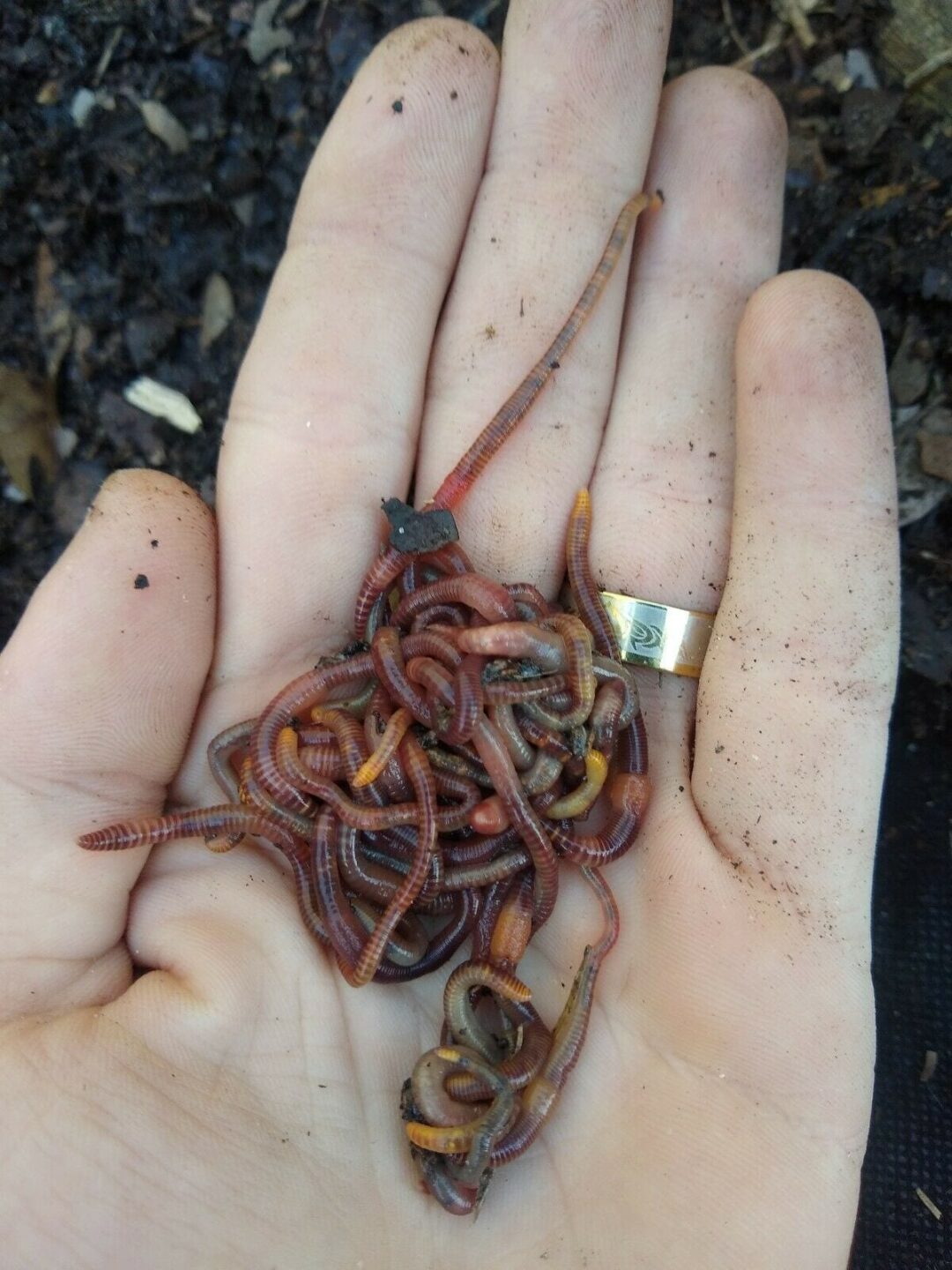Red Wigglers: The Unsung Heroes of Organic Waste Recycling
Red wigglers, or Eisenia fetida, serve as crucial agents in the natural waste recycling procedure, transforming disposed of products right into important vermicompost. As the world significantly looks for services to combat waste accumulation and enhance agricultural productivity, comprehending the function of these worms ends up being necessary.
What Are Red Wigglers?
The remarkable resilience of red wigglers, medically recognized as Eisenia fetida, emphasizes their important role in natural waste recycling. These little, reddish-brown earthworms are normally located in breaking down raw material, such as compost piles and manure lots. Lake Hickory Bait. Unlike other earthworm varieties, red wigglers prosper in nutrient-rich environments and are very reliable at damaging down natural materials, making them vital for vermicomposting

(Lake Rhodhiss Bait)Along with their role in waste decrease, red wigglers add to soil health and wellness by enhancing soil structure and oygenation through their tunneling tasks (Lake Hickory Bait). Their visibility in composting systems not only boosts decay prices but likewise advertises a lasting technique to lose management, illustrating their value in ecological preservation efforts
Benefits of Composting With Worms
Composting with worms, specifically red wigglers, provides various advantages that enhance both waste management and soil health and wellness. First, these worms effectively damage down natural waste, transforming it into nutrient-rich vermicompost that enriches dirt. This procedure increases decay, permitting for a quicker recycling of cooking area scraps and various other natural materials contrasted to standard composting techniques.
Furthermore, the vermicompost generated by red wigglers is teeming with valuable microbes, which help improve soil structure, aeration, and wetness retention. This enhances the total wellness of plants, advertising vigorous development and raised yields in gardens and farming setups. Furthermore, the use of worms in composting decreases the production of greenhouse gases, such as methane, adding to a much more sustainable waste administration system.

Exactly How to Begin Vermicomposting
Developing a vermicomposting system is a straightforward process that can produce substantial advantages for both waste monitoring and soil enrichment. To start, choose a suitable container, such as a plastic container or wooden box, with sufficient air flow holes to make sure proper air flow. The measurements ought to ideally be about 2 feet by 3 feet, enabling sufficient area for the worms to grow.
Next, prepare bed linens material, which can contain shredded newspaper, cardboard, or coconut coir. This bed linens needs to be dampened to produce an ideal environment for the worms. When the bed linen remains in location, introduce red wigglers (Eisenia fetida) into the container, generally around one pound of worms for every single square foot of surface location.
Following the placement of worms, include organic waste, such as vegetables and fruit scraps, coffee grounds, and smashed eggshells. Avoid adding dairy products, meat, or oils, as these can produce smells and attract pests. Position the bin in a shaded, temperature-controlled area to keep optimal problems for worm task. With these steps, you will effectively start a vermicomposting system that adds to sustainable waste management and improves your soil.
Maintaining a Healthy Worm Container
(Red Wiggler Express)Maintaining a worm bin thriving needs normal attention and like make certain the wellness of the red wigglers and the efficiency of the composting procedure. Proper upkeep begins with keeping an eye on the wetness levels; the container ought to be damp but not waterlogged. A good guideline of thumb is to keep a consistency comparable to a wrung-out sponge.
Carefully blending the bed linen and food scraps every few weeks avoids compaction and ensures that all worms have access to oxygen. In addition, it is crucial to feed the worms properly.
Temperature level policy is another important element. Red wigglers prosper in an array of 55 to 77 degrees Fahrenheit. If the bin becomes too hot or chilly, the worms may end up being worried - Lake Hickory Bait. Occasionally inspect for indicators of wellness, such as worm population growth and the visibility of healthy spreadings. By diligently handling these elements, one can preserve a robust and effective worm bin.
Influence On Sustainable Living
The successful upkeep of a worm container not only profits the health of red wigglers yet additionally contributes dramatically to sustainable living practices. By reusing organic waste, such as kitchen area scraps and yard debris, red wigglers assist draw away significant amounts of product from land fills. This decrease in waste not only lowers greenhouse gas discharges however likewise minimizes the environmental problem connected with waste administration.
Furthermore, the spreadings generated by red wigglers work as a nutrient-rich natural fertilizer, boosting soil wellness and promoting plant growth. This natural option to chemical plant foods supports sustainable farming and horticulture methods, decreasing reliance on synthetic inputs that can harm ecosystems. In addition, worm composting promotes recognition of waste monitoring, motivating individuals and neighborhoods to embrace even more sustainable behaviors.

Verdict
In recap, red wigglers offer as crucial factors to natural waste reusing via their efficient decay of organic materials. By incorporating vermicomposting into waste Red Wiggler Express management methods, individuals and neighborhoods can substantially decrease waste while promoting ecological sustainability.